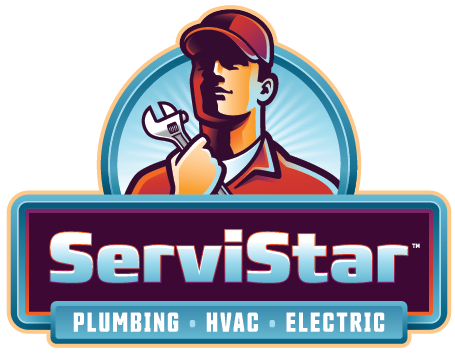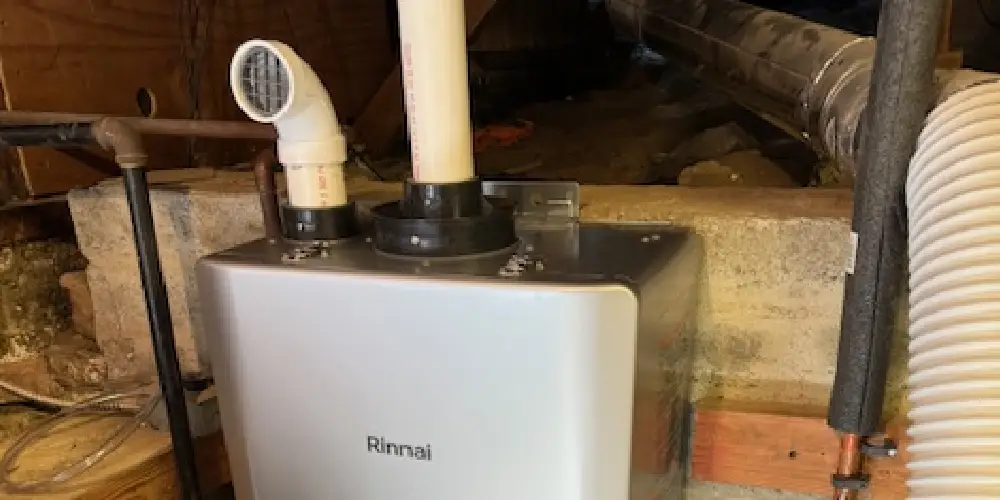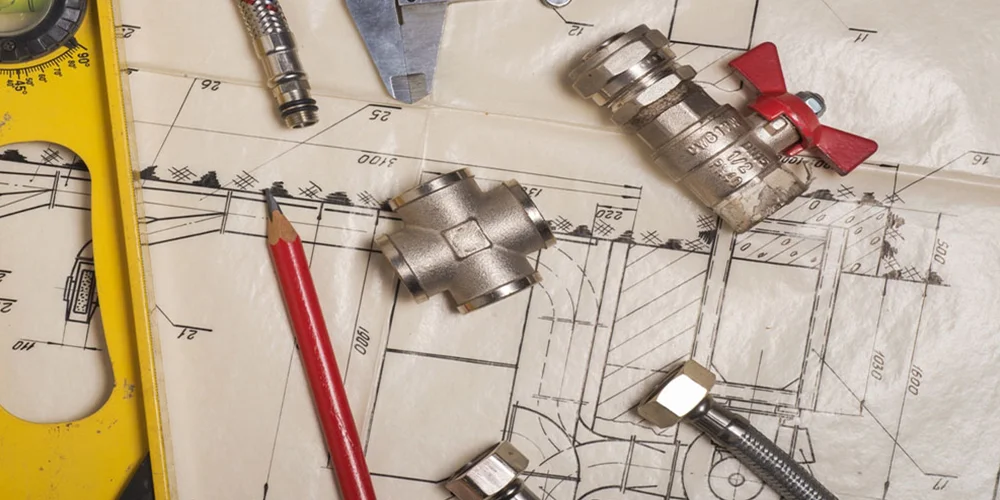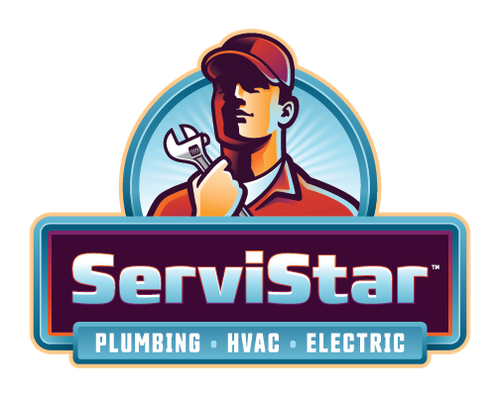How Does a Tankless Water Heater Work?
How Does a Tankless Water Heater Work Compared to a Traditional Water Heater?
Understanding the Flow Rate of Tankless Water Heaters
Understanding the flow rate of tankless water heaters is crucial. These units provide hot water at a rate of 2 to 5 gallons per minute, depending on the model. This rate measures the amount of water coming through the heater, ensuring a steady supply of hot water.
Benefits of Instantaneous Heating in Tankless Water Heaters
Instantaneous heating in tankless water heaters offers numerous benefits. When taking a shower or using any hot water appliance, there's no addition of cold water entering the system. This ensures that the incoming water is consistently heated, providing a reliable and continuous supply of hot water.

Electric vs. Gas Tankless Water Heaters: Which is Better for Your Home?
Pros and Cons of Gas Tankless Water Heaters
When it comes to tankless gas water heaters, there are several pros and cons to consider. On the positive side, they offer higher flow rates and can provide hot water to multiple fixtures simultaneously. However, they require proper ventilation and sufficient gas supply, and adjusting the gas and air supply may be necessary for optimal performance.
Installation Differences Between Electric and Gas Tankless Water Heaters
When it comes to installation, there are differences between gas and electric tankless water heaters. Electric heaters may require a higher electrical load and appropriate wiring, while gas heaters need proper ventilation and a gas line connection. Both installations require careful consideration of the specific requirements.

Factors to Consider When Choosing a Tankless Water Heater
Hot Water Demand in Your Home
Understanding the rate of hot water demand in your home is crucial. Our tankless water heaters can provide and produce hot water on demand, ensuring you never run out. As a homeowner, choosing the right unit depends on your household’s specific hot water needs.
Understanding Gallon Usage and Heat Output
Understanding gallon usage and heat output is essential for choosing the right tankless water heater. The amount of hot water needed is measured in gallons per minute (GPM). This rate determines how much hot water per minute the unit can provide, ensuring it meets your household's demands.
Plumbing Requirements for Installing a Tankless Water Heater
To install your tankless water heater, consider your demand for hot water. You might need to install two units for larger homes. Tankless water heaters provide efficient heating, but it's crucial to regularly monitor and manage their water flow. Additionally, adjust the gas valve and consider separate plumbing lines for optimal performance.









